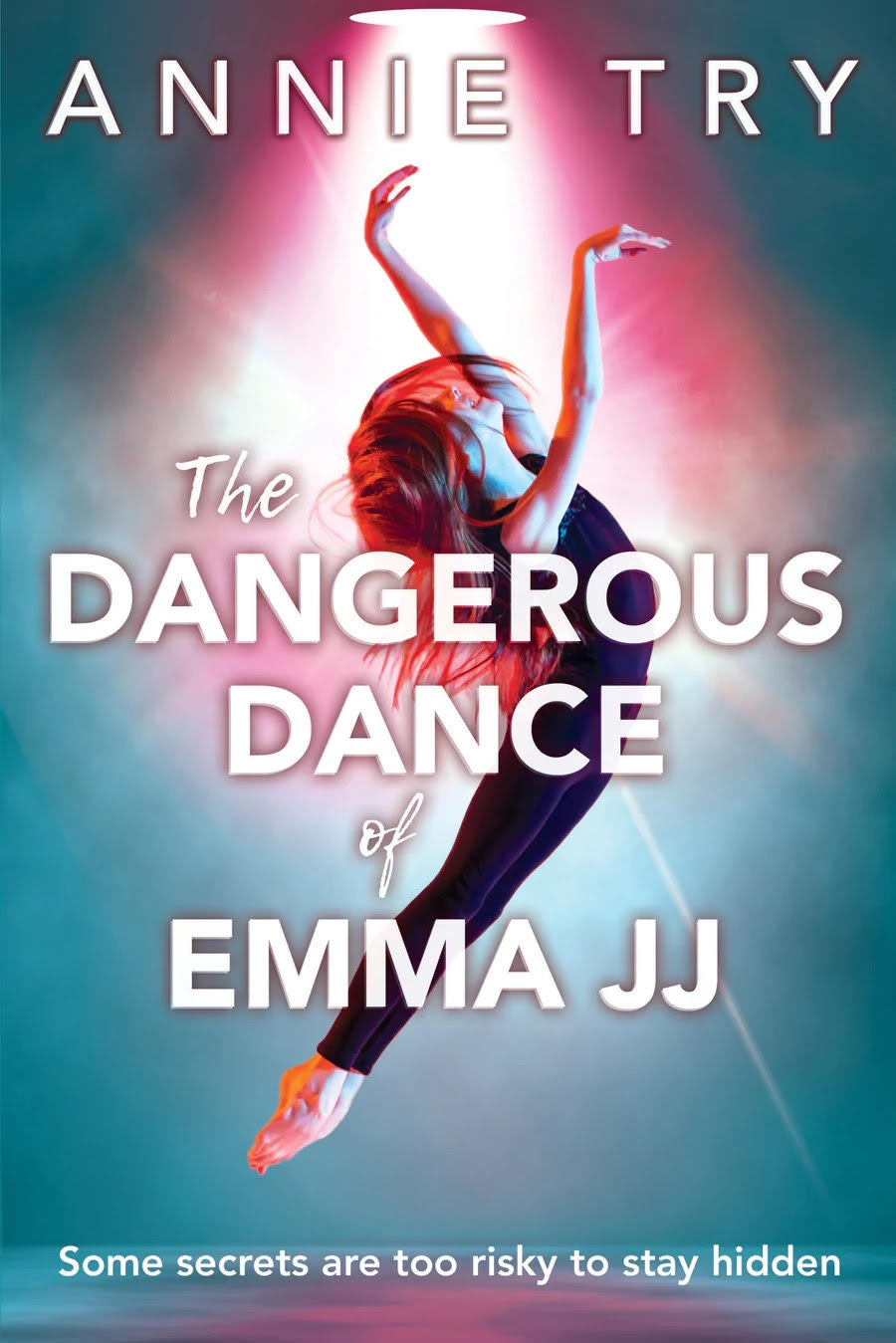Hello lovely blog-readers. It’s been a while! My poor blog has been sorely neglected for quite some time and a resurrection is long overdue.
One of the reasons I haven’t written my own blog as much is because I blog monthly for the Association of Christian Writers, over on their More Than Writers Blog. Through my involvement with the ACW, I have the privilege of reading the books of many outstanding writers, who I also know as friends. There is something so special about receiving a book directly into your hand, signed and dedicated to you, written by someone you know and admire.
One such wonderful author is Angela Hobday, who writes under her pen name, Annie Try. When she asked me to be part of her blog tour for her latest book, The Dangerous Dance of Emma JJ, there seemed no better reason to crank the gears of my blog back into action. So here I am. I hope you enjoy reading about a book and author I very much enjoy.
 |
| Annie Try signing copies of The Dangerous Dance of Emma JJ |
Grounded in real life
In writing this novel, Annie’s wealth of life experience shines through, and is in no small part the reason for the believable character and world she creates. Annie is a retired clinical psychologist and her depth of understanding of how the mind, trauma and attachment work is woven cleverly, yet subtly into the story. Additionally, as a mother to adopted children, she herself has been at the centre of the world she creates, adding to its three-dimensional quality. Annie gets right into the mind of a traumatised teenage girl and weaves her story into a compelling and believable narrative. All through the book, I found myself rooting for Emma, promising myself just one more chapter before bed, because I wanted to see where Emma’s journey was taking her on the next page…and the next.
Universal Themes with an Enduring Message
One of the appealing qualities of the book is its universal themes: the need to belong, understand ourselves, accept and celebrate who we are (relevant to all of us, not just Young Adults). Emma’s foster mother plays a huge part in that – accepting and loving Emma and giving her a stable life, from which she can start to trust people and heal from the childhood trauma she faced.
While there are many heart-warming moments, Annie clearly demonstrates how non-linear a journey it is to heal from trauma. There are moments when all is going well and we are rejoicing with Emma, then moments where she takes two steps back, appearing to sabotage all the progress she has made. This makes the book a realistic portrayal of a teenager trying to work at becoming whole, but having to battle for that, against her natural inclinations at times. It is only as those around her provide acceptance and security, even when her behaviour is challenging, that she can continue to grow and heal.
Dancing and Lists
Dancing is an on-going motif throughout the novel and is Emma’s passion and escape. It is somewhere she can be free, be herself and learn that, in dancing and in life, she has to take the good with the bad, the frustrations with the elation, the knock-backs with the successes. The beautiful cover illustration on the book puts dancing right at the centre of Emma’s story, and it is, indeed, central to her finding and accepting herself.
A brilliantly-conceived structural feature of the book are the handwritten lists that appear at the end of some of the chapters; because each chapter is a diary entry, the lists really amplify Emma’s voice and personality. What teenager hasn’t sat and scribbled lists of problems, pros and cons of situations and angry frustrations in notebooks and diaries, hoping they will never be discovered?
A Sequel?
Finishing the book, I found myself earnestly hoping that this wasn’t the last I would read of Emma JJ. The story ending left me satisfied, but it unquestionably left a number of threads that could still be made much of in a sequel. So, come on Annie – get writing…please!

Comments
Post a Comment